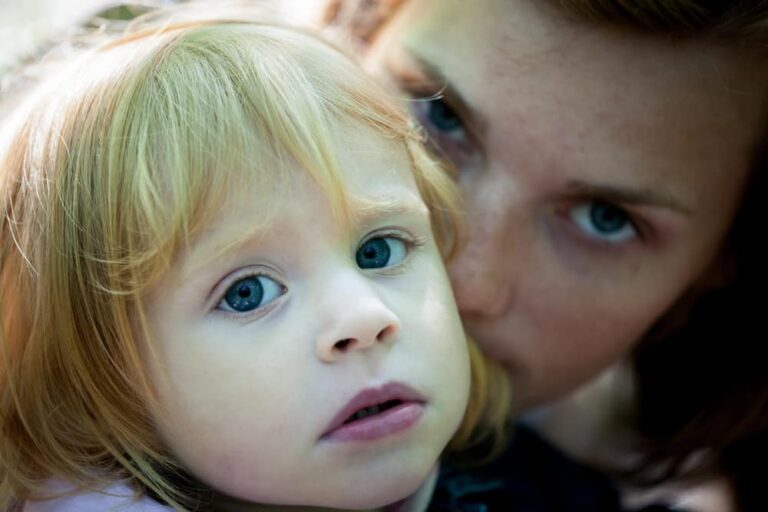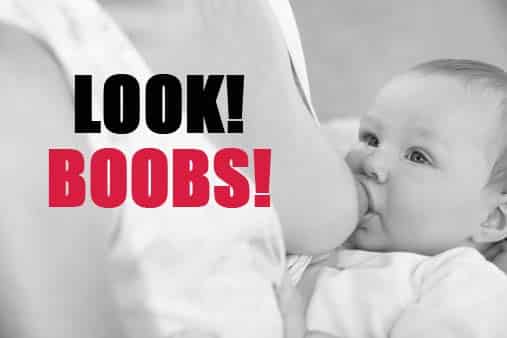Help: My Child Wears A Costume Every Day
 If you stop by my house on a random afternoon, you won’t find my three-year-old daughter. You might run into Wonder Woman or a puppy or a ghost even, but not my little girl. In our dress-up trunk we have at least five different princess costumes, numerous fairies, animals and professions. We have wigs and high heels, sequined purses and stethoscopes. All of it is put to good use.
If you stop by my house on a random afternoon, you won’t find my three-year-old daughter. You might run into Wonder Woman or a puppy or a ghost even, but not my little girl. In our dress-up trunk we have at least five different princess costumes, numerous fairies, animals and professions. We have wigs and high heels, sequined purses and stethoscopes. All of it is put to good use.
There’s something about changing one’s appearance that’s fun for everyone, but downright irresistible for children. Whether they’re attending school or going out dinner, plenty of kids would be much happier if they could do it in costume. In fact, I think the inappropriateness of the destination for a costume is directly related to how much kids want to wear one. I mean, running to the grocery to as Princess Jasmine is awesome, but attending an engagement party as Superman is pretty much the most amazing thing to ever happen to a child. Unless of course they could go to church dressed as a pirate.
So why are children so enthusiastic about dress up? Should parents try to curb the habit or play along with their kids? For answers, I turned to Dr. Erika Montgomery, a Chicago-based clinical psychologist with over 14 years of experience helping children, adolescents and their families. She told me that “the costume phase” is a developmental stage that most children experience between the ages three and six. “Children enjoy using their imagination to create art, create stories, and create super powers. They are also still learning about real verses make believe.”
Costumes help children imagine themselves as a different character. It’s part of a stage of imaginative play that encourages kids to develop their creativity. By the way, that perfectly explains how my daughter can come up with her “Super Lion” costume, a cat/Wonder Woman hybrid outfit that’s been making the rounds at our house lately.
What about bad guy costumes? While superheros are much more common, super villains get some play too. What about kids who would rather play the robber, instead of the cop. Is this a sign of problems later? Should we be steering our kids away from evil or unseemly characterizations? “The costumes in themselves won’t create negative/bad children,” Montgomery reassures me. “Parents must set the boundaries and behavior expectations. Talk to your children about what is make believe and what is real. What behaviors are ok and what behaviors aren’t.”
So just like watching a movie that a bad guy, parents need to explain what’s going on. We need to talk to our kids about the actions committed by the characters, instead of focusing on the labels. Hopefully, our kids will understand that even if The Joker looks cool, his behavior wouldn’t be allowed in real life.
One final issue for many parents when dealing with their costumed children, how far should the game go? I’m pretty sure that we had a couple weeks where I wasn’t allowed to address my daughter by her name. Instead, she would only respond to “Puppy.” Even worse, she knew that sometimes, puppies bite. And if you tried to chastise her for really committing to her character, she would say, “Puppy is biting. Not me!” When do parents say, “Enough is enough.”
“It is ok to play along if it is harmless like an endearing name or nickname but not to excuse bad behavior. You should immediately and directly state that it was the child that made the bad choice in their behavior and the child that will make a good choice or better choice in the future,” Dr. Montgomery instructed. “Always give ownership so the child learns to accept responsibility for their own actions early on.”
Play gives us many opportunities to teach and instruct our kids. Even in imaginative play, parents can help their kids learn and model moral behavior. So I guess the consolation prize for taking a Power Ranger in public with you for the next couple months is that you can teach them valuable lessons about good versus evil. Even more, you can reinforce that consequences have actions, no matter what mask they’re wearing.




